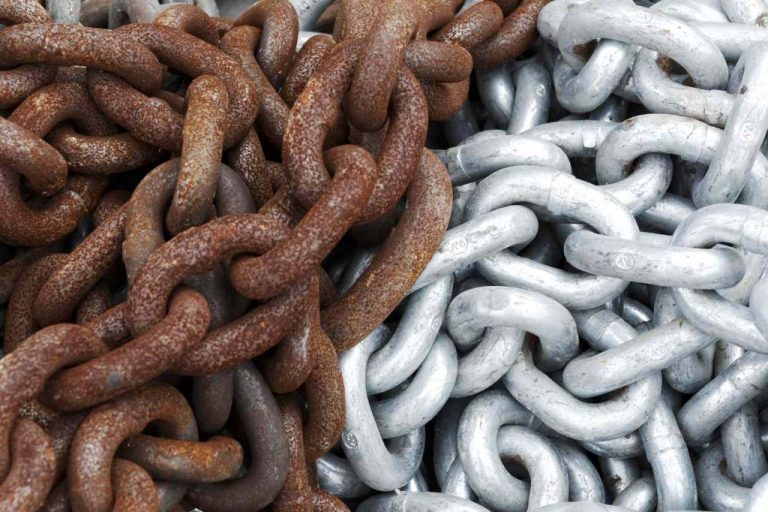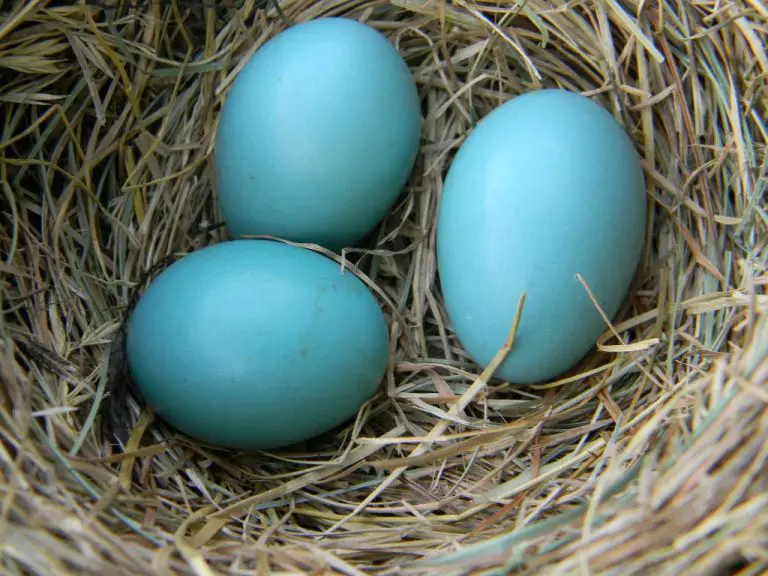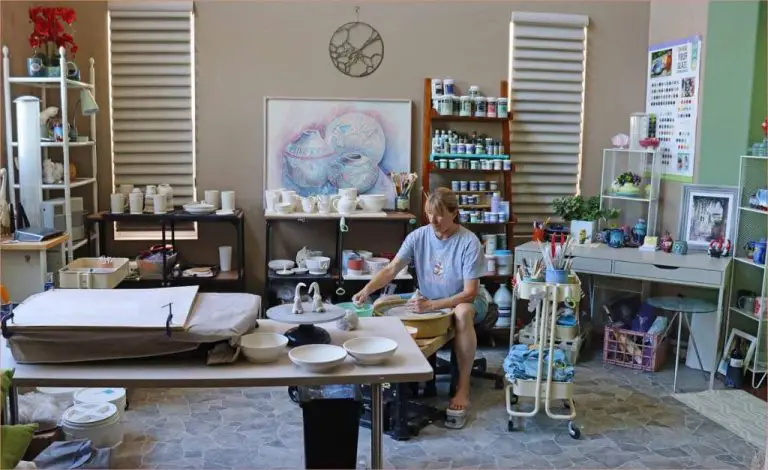What Materials Are Needed To Make Clay?
Clay is a type of fine-grained natural material containing minerals such as silica, alumina, and iron. The small size and platelike shape of clay minerals is what gives clay its unique properties. Clay can be molded when wet, and becomes firm, yet porous, when fired at high temperatures. There are many types of clays used for pottery, including earthenware, stoneware, porcelain, and bone china clays. These clays vary in their composition, firing range, plasticity, and color. But all clay bodies contain a mixture of clay minerals, water, and other organic and inorganic materials that give clay its versatile sculpting abilities.
The primary clay minerals are kaolinite, montmorillonite-smectite, illite, and chlorite. Kaolinite is the most common mineral ingredient in clay bodies. It provides plasticity and dry strength but is non-expanding. Montmorillonite and illite are expanding clay minerals that contribute strength and flexibility. Organic materials like plant fibers improve ductility, while non-plastic ingredients like sand, grog (ground fired clay), or mica provide structural support.
The basic ingredients of clay therefore include clay minerals, water, and additional organic and inorganic materials. These raw materials must be properly processed and combined in the right proportions to produce high quality clay for pottery and ceramics. The choice of ingredients and ratios depends on the desired features and type of clay being formulated.
Clay Composition
Clay consists primarily of fine-grained minerals formed over long periods of time as a result of the weathering and erosion of rocks. The most important components that make up the composition of clay are clay minerals, water, and sometimes organic materials.
On a microscopic level, clay has a crystalline structure formed from tiny stacked clay mineral particles. When clay is mixed with water, these stacked mineral layers are able to slide over one another, giving clay its unique smooth, plastic, and malleable characteristics when wet. The clay minerals provide the plasticity and bonding properties, while water facilitates shaping and hardening the clay.
In addition to clay minerals and water, clays may also contain varied amounts of organic materials like decomposed plant matter. The organic content affects the color and texture of the clay. Organic materials are often purposely added to clay by potters as well. The combination of fine clay minerals, water, and organic matter comprise the composition of clay that allows it to be molded and shaped so readily when wet, and fired into strong ceramic materials when dry.
Clay Minerals
The most common clay minerals found in clay deposits are kaolinite, montmorillonite, illite, and chlorite. These minerals give clay its unique properties and characteristics.
Kaolinite is the most abundant of the clay minerals. It is formed from the chemical weathering of feldspar and has a layered structure. Kaolinite particles are plate-shaped and have low shrink-swell capacity.
Montmorillonite has a layered structure and a high cation exchange capacity, meaning it can adsorb and hold positively charged ions (cations) between its layers. This gives montmorillonite excellent adsorption and swelling properties.
Illite is a non-expanding clay with a micaceous structure. The particles of illite are plate-shaped like mica. Illite has intermediate properties between expanding clays like montmorillonite and non-expanding clays like kaolinite.
Chlorite is less common than other clay minerals but contributes charge-balancing cations that enable clays to flocculate. The structure of chlorite resembles a sandwich, with a brucite-like interlayer between two silicate layers.
Water
Water is a critical ingredient in clay that allows it to be molded and shaped. When water is added to clay, it is absorbed between the clay particles and acts as a lubricant, causing the particles to slide over one another more easily. The water binds the clay particles together, allowing the clay to be shaped into different forms.
Without water, clay is stiff and rigid. As water is added and absorbed, clay first becomes pliable, like dough. With increased water, the clay becomes more liquid and pourable. The amount of water added controls the consistency of the clay. Too much water will make the clay thin and runny, while too little can leave it dry and crumbly.
The amount of water clay can absorb is dependent on the type of clay. Some clays, like kaolin, absorb little water, while bentonite can absorb several times its weight in water. The absorbency level affects the workability of the clay. Clays that absorb more water tend to be more stretchy and elastic when working with them.
In addition to allowing clay to be shaped, water also facilitates the drying and hardening process. As wet clay dries, the water evaporates away, leaving the clay particles to bond tightly together through surface tension. With the water gone, the clay becomes harder and maintains its molded shape.
Water is an essential ingredient in clay. Its addition allows flexibility and workability when molding, while its later evaporation enables the clay to harden into a permanent form.
Organic Materials
Organic materials like plant matter, wood fibers, and straw add texture and color to clay. As the organic materials burn away in the firing process, they leave behind pores and holes that create an organic look and feel. For example, adding straw results in clay with a rough, pitted texture. Other plant materials like leaves or grass can impart subtle colors and textures. Wood ash contains minerals that flux with clay to produce varied colors and effects. The organic content oxidizes and burns out during firing, so the clay body needs a sufficient clay mineral percentage to maintain structural integrity. Too much organic material can cause cracking or crumbling. When sourcing natural clay, organic inclusions can provide an element of surprise in the final fired results.
Additional Materials
While the core components of clay are clay minerals and water, additional materials are often added to achieve desired properties in the final clay body. Some common materials added to clay include:
- Sand – Adding sand to clay increases its refractoriness or resistance to high temperatures. Sand particles help prevent clay from shrinking and cracking during drying and firing. Sand makes clay mixtures coarser and easier to wedge and throw on the potter’s wheel.
- Grog – Grog refers to previously fired and crushed clay or ceramic material. Adding grog to moist clay improves its plasticity and workability. Grog also helps minimize shrinking and cracking during drying and firing, similar to sand. Using grog allows clay bodies to be fired to higher temperatures.
- Flux – Materials like feldspar act as fluxes in clay, promoting vitrification and bonding at high temperatures. Fluxes allow clay to become fully fired and solid at lower peak firing temperatures.
- Colorants – Small amounts of metal oxides or carbon materials can be added to clay to achieve desired colors after firing. Common colorants include oxides of cobalt, copper, manganese, tin, and chromium.
The choice of additional materials depends on the type of clay used and the desired qualities in the finished ceramic piece. Testing is required to find the right balance of ingredients.
Sourcing Clay
Clay can be sourced directly from the earth or purchased already processed and ready to use. Here are some options for obtaining clay:
Where to Find Natural Clay Deposits
Natural clay deposits are found all over the world. Clay forms from the natural weathering and erosion of rocks over time, so clay deposits are often found in river valleys and low-lying areas. Some of the most common places to find clay include:
- Stream and river beds
- Lakeshores
- Areas where glaciers scraped rock surfaces
- Underneath layers of topsoil
- Coastlines
When sourcing natural clay, it’s important to find deposits of high quality clay that have few impurities. Testing and processing raw clay from the earth requires more time and effort versus buying processed clay.
Buying Pre-Processed Clay
An easier option is to purchase processed clay that is ready to use. Many art supply stores sell pottery clays that have been refined and blended for optimal workability and firing qualities. Common types include earthenware, stoneware, and porcelain. If a specific clay type or firing temperature is needed for a project, check the packaging labels.
Buying pre-processed clay from a reputable source ensures it’s free of excess impurities and has been consistency formulated for making ceramic pieces. Pre-processed clay also saves the time and effort of finding local natural clay deposits and purifying raw clay.
Processing Clay
Processing raw clay into a usable ceramic material involves several steps. Here is an overview of the typical clay processing workflow:
Mining
Clay deposits are extracted from open pit mines or underground mines using heavy machinery such as bulldozers, backhoes, and excavators. The clay-rich earth is dug up and removed from the mine.
Refining
Mined clay contains impurities like rocks, sand, organic debris, and other minerals. Refining aims to remove these contaminants. Methods include crushing, grinding, washing, screening, blunging, and magnetic or gravity separation.
Aging
Freshly mined clay needs time to weather and mature. Leaving the clay outdoors and exposed to the elements for up to several years allows beneficial chemical changes to occur in the clay particles.
Mixing
Different types of clay are combined and mixed to achieve desired properties in the final ceramic product. Plasticizers, deflocculants, or electrolytes may be added to improve workability. Pigments can also be incorporated to create colored clay.
The processed clay is then ready for users to hand build, throw, mold, or sculpt into greenware or ceramic art.
Using Clay
Once you have obtained and processed your clay, it’s time to put it to use in your projects. Here are some tips for working with clay:
Clay Preparation
Before using your clay, it’s important to properly prepare it. Start by wedging or kneading the clay to remove any air bubbles and make the clay uniform in consistency. Next, you may want to condition the clay by allowing it to rest wrapped in plastic to evenly distribute moisture. For certain projects, you may need to blend clays with different properties like earthenware and stoneware. Make sure your tools and workspace are also prepared before starting your clay project.
Clay Storage
Proper clay storage is key to maintaining its ideal consistency and workability. Wrap unused clay in plastic wrap or store it in an airtight plastic bag to prevent moisture loss. Avoid exposing clay to extreme temperatures or moisture changes. Store different types of clay separately so they don’t contaminate each other. Letting clay rest between uses allows its particles to absorb moisture evenly.
Clay Projects
Clay is an incredibly versatile material used in many crafts and art projects. Some ideas include pottery, sculpture, jewelry making, decorations, figurines, home accessories like vases or bowls, and more. Consider the characteristics of your chosen clay type for suitability in different projects. The possibilities are endless when working with clay! With the right preparation and storage, clay can be a fun, creative material for artists of all levels.
Conclusion
In conclusion, the composition of clay is crucial in determining its properties and uses. Clay is made up of a variety of minerals, primarily clay minerals like kaolinite, illite and montmorillonite. The specific clay minerals present impact characteristics like plasticity and firing temperature. Water interacts with the clay minerals to lubricate them and allow them to be shaped. Organic materials like plant fibers assist with making clay more workable. Additional materials like sand, grog and vermiculite can be added to modify properties like shrinkage, porosity and strength.
While the basic ingredients may be similar, the proportions used result in an incredible diversity of clays. By understanding the composition and source of the clay body, ceramic artists can select the appropriate clay for their needs and desired outcomes. Whether using natural or processed clays, being mindful of the materials that comprise the clay allows full utilization of its unique properties.
The composition gives clay its distinctive plasticity when wet, strength when dry, and reactions during firing. With such a wide range of ingredients and sources, clay is an amazingly versatile material, essential for so many aspects of human civilization throughout history up to the modern day.



